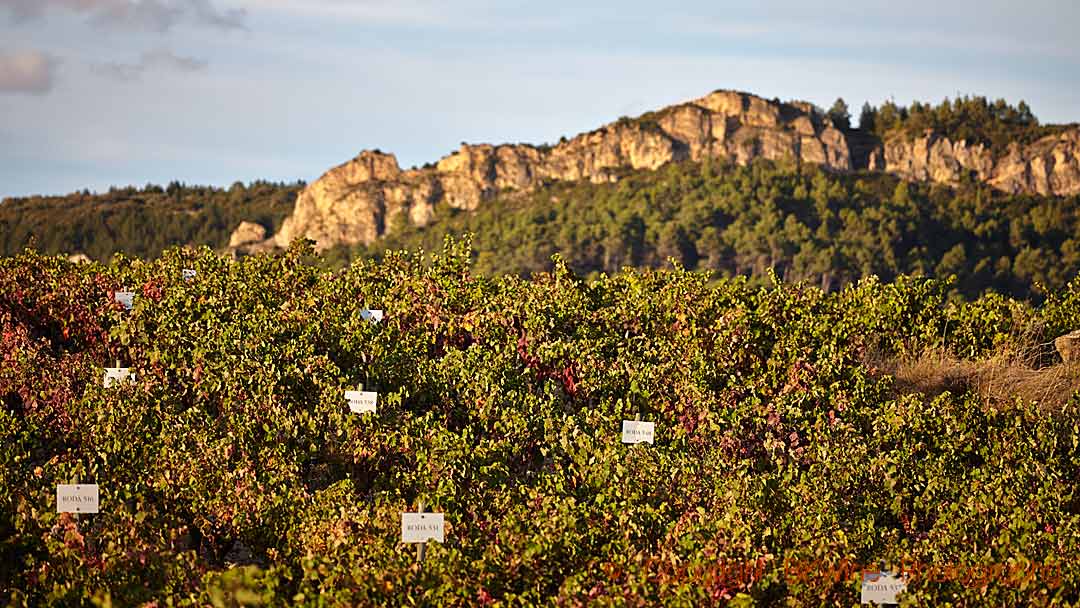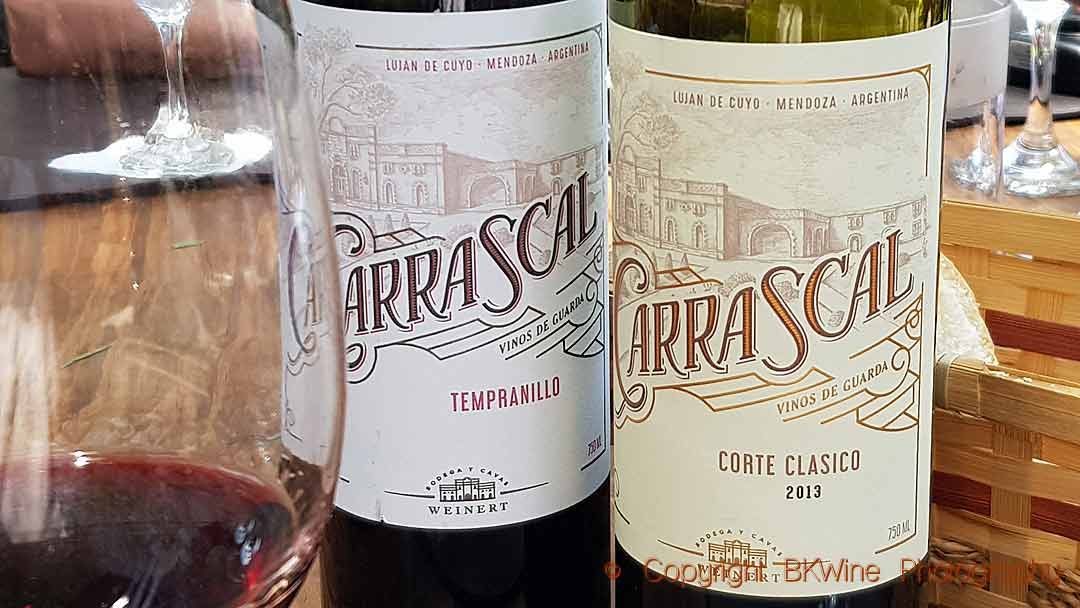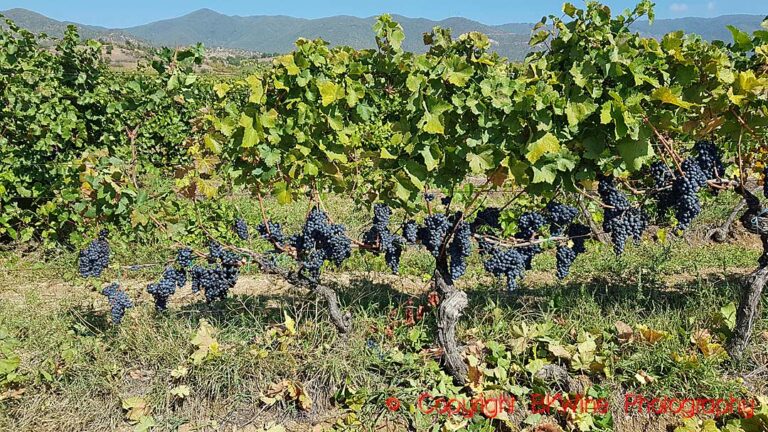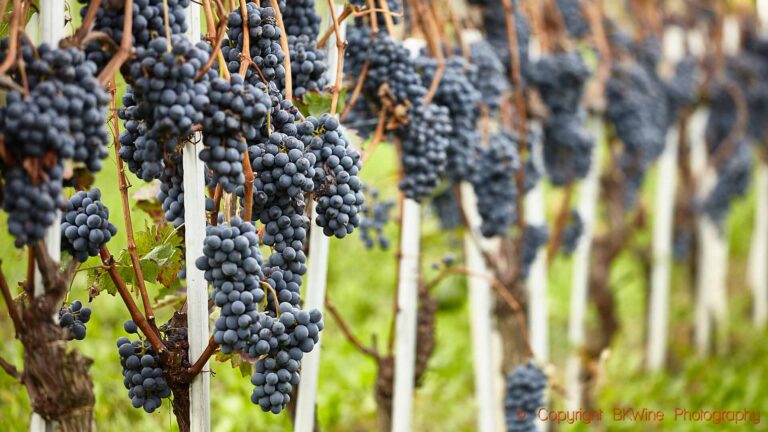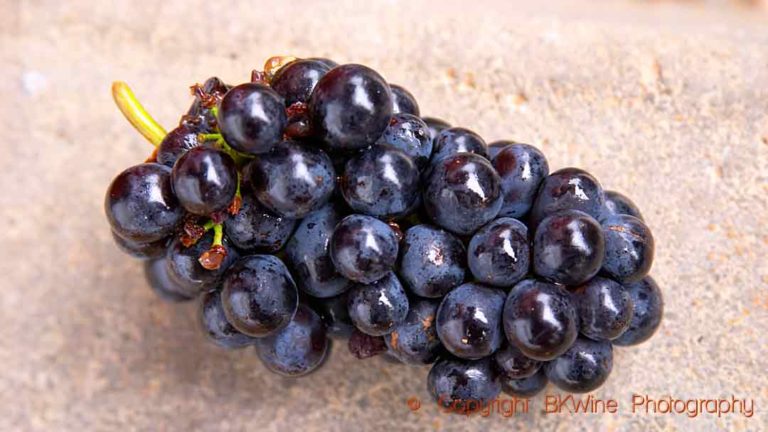Tempranillo is one of the world’s most planted grapes. We associate it with Spain, where most of the plantings are (~190,000 hectares), and above all with Rioja. But it is grown in several regions in Spain and also in Portugal. Also, about ten countries have small surfaces of tempranillo. It is a grape with many synonyms. In Portugal for instance, it is used in port wines and Douro wines under the name of tinta roriz.
Read our grape profile on tempranillo here.
Tempranillo has tripled its surface since 1990. It has not become more international; the increase is because it has replaced the white grape airén as the country’s most planted grape. Airén has decreased by around 180,000 ha, and tempranillo has increased by approximately 115,000 ha in the last 20 years.
Here we have selected four wines from Spain and one from Australia for an exciting wine tasting that shows the different facets of the grape. If you cannot find these exact wines, hopefully, they can inspire you nevertheless.
Tempranillo often has a good fruit intensity and structure, and sometimes there are notes of tobacco and leather in the aromas. The producers often choose to age their tempranillo wines in oak, so it is common to find vanilla, coconut and roasted coffee. But it all depends on how the wine is made. Some producers choose to focus on the fruit.
Rioja
Baigorri Crianza Tempranillo 2016, Rioja, ~ 20 euro
Baigorri is a reasonably new producer in Rioja Alavesa, founded in 2000. The winery, located in the middle of the vineyard, is spectacularly designed. At Baigorri, they like to stress the point that for them the fruit is all-important, the oak is just a support. This crianza spends 14 months in French and American oak. The grapes are destemmed but not crushed. The fermentation occurs with a variation of semi-carbonic maceration, an old tradition in Rioja, contributing to the fruity and refreshing style.
Lindes de Remelluri 2015, Spain, Rioja, ~20 euro
The famous winemaker Telmo Rodriguez runs the family vineyard of Remelluri, which his father bought in the 1960s. This wine is a Rioja in a relatively modern style with ageing in French oak barrels for ten months and with prominent fruit and spiciness. To the tempranillo is added a little bit of grenache and graciano.
Ribera del Duero
Pesquera Millennium Gran Reserva, 2009, Ribera del Duero, ~40 euro
Another famous Spanish region for tempranillo is Ribera del Duero. The region first became known through the prestigious wine Vega Sicilia. But production in Ribera del Duero only took off when Alejandro Fernandez launched his Pesquera in the 1970s. Pesquera Millennium is made only the best years. After 2009, it took until 2015 before the wine was made again. It ages for 30 months in French oak barrels. Ribera del Duero wines are often structured and dense with dark, concentrated fruit aromas. Here we also find coffee notes from the oak and some liquorice. (The regular Pesquera will do very nicely at a tasting.)
Andalusia
Méndez Moya Tempranillo, 2014, Andalusia, Spain, ~25 euro
This organic wine comes from a family estate near Granada. The Méndez Moya family made their first wine in 2005. The grapes are grown at high altitudes, between 1250 and 1350 meters above sea level, contributing to the fresh acidity. They never add sulphur to their wines which are also labelled vegan-friendly. We find cherries, plums and leather in this full-bodied wine made from 100% tempranillo. The wine ages for 24 months in oak barrels.
Australia
Outside Spain and Portugal, tempranillo is found mainly in Argentina, which has just over 6,000 hectares. Australia has 680 hectares.
Logan Weemala Tempranillo, 2018, New South Wales, Central Ranges, Mudgee, ~18 euro
Logan Weemala Tempranillo is a light, fruity and elegant wine from Peter Logan, an ambitious Australian winemaker who wants to be different. He is one of the few winemakers in the country growing tempranillo. Weemala is the name of his vineyard in Mudgee, and it also means “good view” in the Aboriginal language.
Argentina, Mendoza
Mendoza also has some plantations of tempranillo. An unconventional winery that offers a version of tempranillo is Bodegas y Cavas Weinert that you can read more on in this article.





